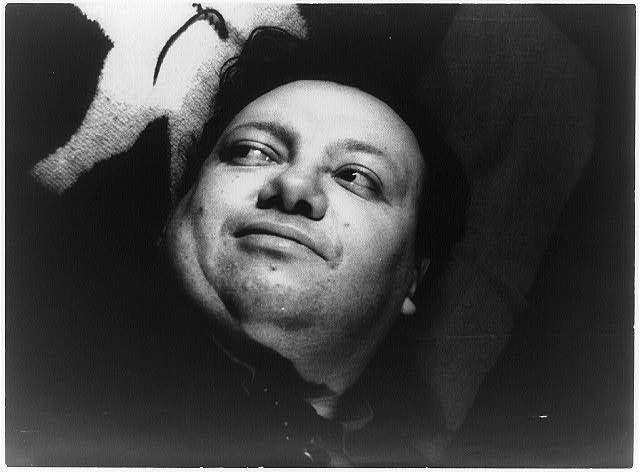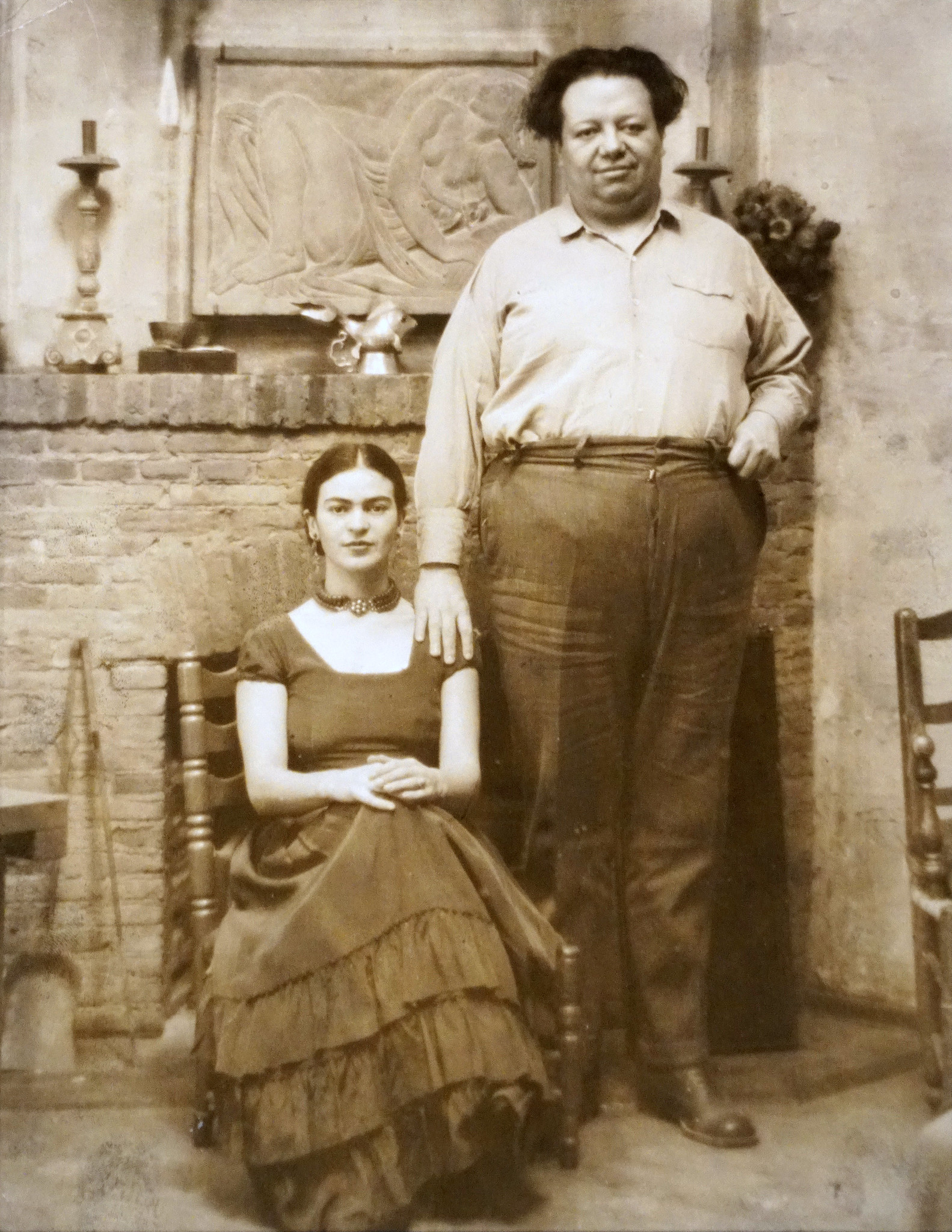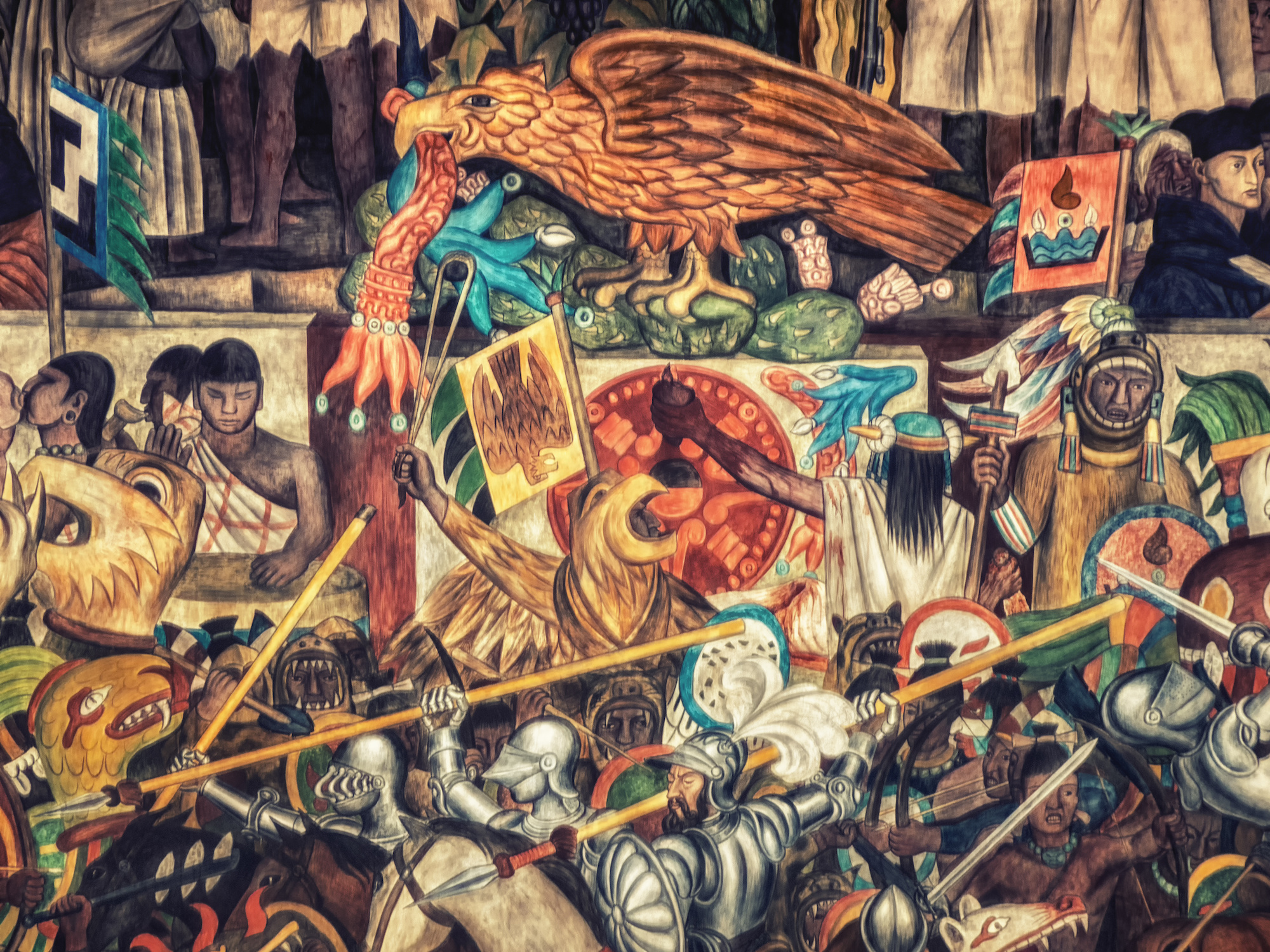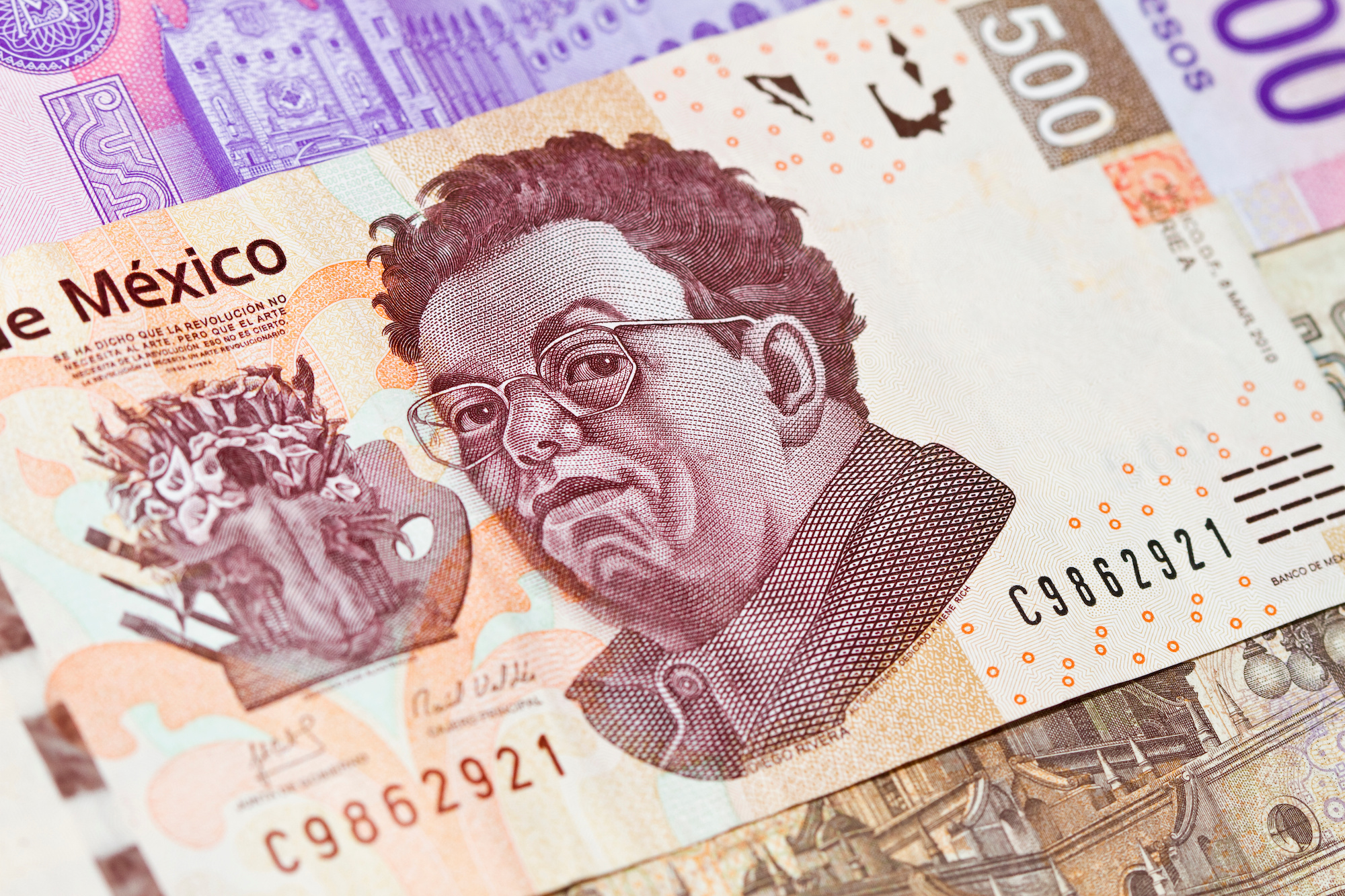
Diego Rivera, an influential figure in the realm of art, has left an indelible mark on the world with his mesmerizing murals and thought-provoking paintings. With his work deeply rooted in Mexican culture and politics, Rivera contributed significantly to the Mexican muralist movement and has become a symbol of Mexican identity and history. Let’s delve into the world of this extraordinary artist and explore 15 riveting facts about Diego Rivera.
Early Life and Artistic Beginnings
Born on December 8, 1886, in Guanajuato, Mexico, Diego Maria de la Concepcion Juan Nepomuceno Estanislao de la Rivera y Barrientos Acosta y Rodriguez showed an early inclination towards art. At the tender age of 10, Rivera began studying art at the Academy of San Carlos in Mexico City, showcasing his prodigious talent.
European Influence
In 1907, Rivera traveled to Europe to further his artistic education, courtesy of a scholarship. In Spain, he studied the works of Spanish masters like El Greco, Diego Velázquez, and Francisco Goya. Later, in France, he came under the influence of Post-Impressionism and the avant-garde artistic movements like Cubism.
A Leading Muralist
Rivera returned to Mexico in the 1920s, just after the Mexican Revolution. He became one of the leading artists of the Mexican muralist movement, along with David Alfaro Siqueiros and José Clemente Orozco. The trio, known as “Los Tres Grandes,” used murals to educate the masses about Mexico’s history and social issues.
Political Beliefs
A lifelong Marxist, Rivera’s political beliefs were a significant influence on his work. His murals often depict workers’ struggles, social inequality, and the fight against oppression. He was an active member of the Mexican Communist Party and his political leanings led to controversy and even the destruction of some of his works.
Marriage to Frida Kahlo
Diego Rivera was married four times, but his most famous relationship was with fellow Mexican artist Frida Kahlo. Despite their tumultuous marriage marked by infidelities, the couple had a profound impact on each other’s work. Kahlo and Rivera remain one of the art world’s most iconic couples.

Rockefeller Controversy
In 1933, Rivera was commissioned by John D. Rockefeller Jr. to paint a mural for the Rockefeller Center in New York City. However, when Rivera included a depiction of Lenin in the mural, Rockefeller demanded it be removed. When Rivera refused, the unfinished mural was destroyed. This incident is one of the most infamous in Rivera’s career.
Detroit Industry Murals
One of Rivera’s most famous works is the Detroit Industry Murals, a series of frescoes at the Detroit Institute of Arts. Commissioned by Edsel Ford, these murals celebrate Detroit’s manufacturing base and labor force of the 1930s. Despite initial controversy, these murals are now considered among Rivera’s most successful works.
An Accomplished Painter
While known for his murals, Rivera was also an accomplished painter. His easel paintings and portraits, although lesser-known, still carry his characteristic style and themes.
Depictions of Mexican History and Culture
Rivera’s work is celebrated for its focus on Mexican history and culture. His murals often depict significant historical events, indigenous cultures, and the everyday life of Mexican people. These works have been instrumental in shaping the cultural identity of modern Mexico.
Teatro de los Insurgentes Mural
The mural on the exterior of the Teatro de los Insurgentes in Mexico City is one of Rivera’s most notable works. The mural, titled “The March of Humanity,” is a vast tableau that illustrates the history of Mexico.

Influence on American Art
Rivera’s work in the United States in the 1930s had a significant influence on American art. His murals, with their social and political themes, inspired the Public Works of Art Project and the subsequent Federal Art Project of the New Deal.
Health and Death
Rivera’s health began to decline in 1950, and he underwent cancer treatment in the United States. Despite his ill health, he continued to work until his death on November 24, 1957. His death marked the end of a prolific career that spanned more than five decades.
Legacy
Today, Diego Rivera is remembered as one of Mexico’s greatest artists. His murals can be seen in museums, schools, and public buildings across Mexico and the United States. His life and work continue to inspire artists around the world.
Honors
During his lifetime, Rivera received several awards and honors. These include the National Prize for Arts and Sciences in the Popular Art and Traditions category in 1948 and the Belisario Domínguez Medal of Honor in 1956, one of Mexico’s highest awards.
Diego Rivera in Popular Culture
Rivera’s life and work have been depicted in several films and books. Perhaps most notably, he was portrayed by actor Ruben Blades in the 2002 film “Frida,” which depicted the life of Frida Kahlo. His murals, life, and relationship with Kahlo continue to fascinate the world.

Conclusion
Diego Rivera’s story is as vibrant and complex as the murals he painted. His passion for social justice and his love for his Mexican heritage are themes that resonate in his work, making him a truly timeless artist. As we reflect on these 15 facts about Diego Rivera, we gain a deeper appreciation for the man behind the masterpieces.
Was this page helpful?
Our commitment to delivering trustworthy and engaging content is at the heart of what we do. Each fact on our site is contributed by real users like you, bringing a wealth of diverse insights and information. To ensure the highest standards of accuracy and reliability, our dedicated editors meticulously review each submission. This process guarantees that the facts we share are not only fascinating but also credible. Trust in our commitment to quality and authenticity as you explore and learn with us.
